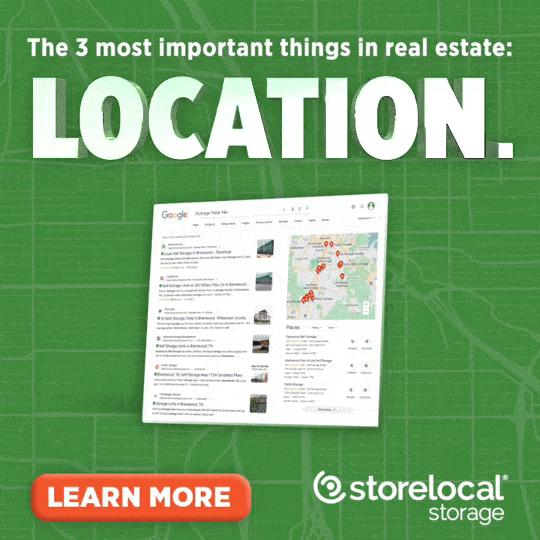What Is A “Virtual” Self-Storage Facility?
It is exciting to see the self-storage industry evolve to capture the growth of available technology to enhance the customer experience while meeting the operational requirements of running a real estate business (i.e. the rental of space to be used for storage of goods). It is therefore not unusual to see facilities advertised as “virtual,” “remote,” “unmanned,” or “contactless,” among many other descriptors used to explain the facility’s ability to rent space without the need for on-site managers to be present to facilitate the rental process. But what do those terms really mean? And what obligations does an operator have when they choose to go unmanned?
The law does not require that a self-storage facility have a manager on duty. That is clear. But a self-storage facility still maintains certain obligations as a landlord to provide a safe and secure property for its customers and other invitees. So what are the expectations for an operator who is transitioning to a remote or unmanned property by replacing their live managers with digital surveillance or other systems designed to offer a perception of safety? And what should customers expect when they arrive at your facility? Will they be able to call someone if they are having difficulty using the technology? Will they be able to pay in cash or check if they don’t have a credit card?
It is important that operators who are shifting to “virtual” facilities be prepared to answer these questions for their customers in advance of their arrival. Operators applying these technologies should provide explanations and instructions on their website (or mobile applications) and should have a call center option for those tenants challenged by new technology. Information should be provided about how rental agreements can be executed, how digital locks can be shared (and the obligations and risks in doing so) and how payments can be made (credit cards or electronic ACH systems).
Finally, these operators need to update their rental agreements to clarify any notices and consents that would be required by updating their facilities. Certainly, references to payments in drop boxes or tenants providing their own locks should be revised to clarify the change to cashless payment systems and digital locking mechanisms.
An example of a change to the rental agreement for locks would be, in part, as follows:
LOCKS: Lock provided by Owner may be digitally managed. No expressed or implied warranties, guarantees, or representations are given by Owner, Owner’s agents or employees as to the use, function, security, reliability, merchantability or fitness of the lock provided by the Owner. Owner shall not be liable for loss or damage to property stored in the Space resulting from the use, failure, destruction, tampering, cutting, drilling, fault, defect, or malfunction of any lock provided from Owner. No bailment or higher level of liability is created by the Owner’s ability to lock, overlock, and/or unlock the lock on the Space and the Owner does not take care, custody, or control of the Occupant’s property due to the Owner’s ability to lock, overlock, and/or unlock the Occupant’s lock.
Again, the application of this new technology to operate a self-storage facility is wonderful. But a facility needs to update its agreements and its systems as part of that process.
Stay safe and happy storing!
More Content
Popular Posts
The self storage industry is in a precarious...
The REITs new pricing strategy – lowering...
With the approval of both companies’...
Recent Posts
Ramey Jackson is the CEO of Janus...
Imagine preparing to move and needing to...
Owning or managing a self-storage facility...
Helen Keller is quoted as saying, “Alone we...
It’s often been said that “opportunity is...
There’s a saying in Florida that there are...
The landscape of the self-storage industry...














